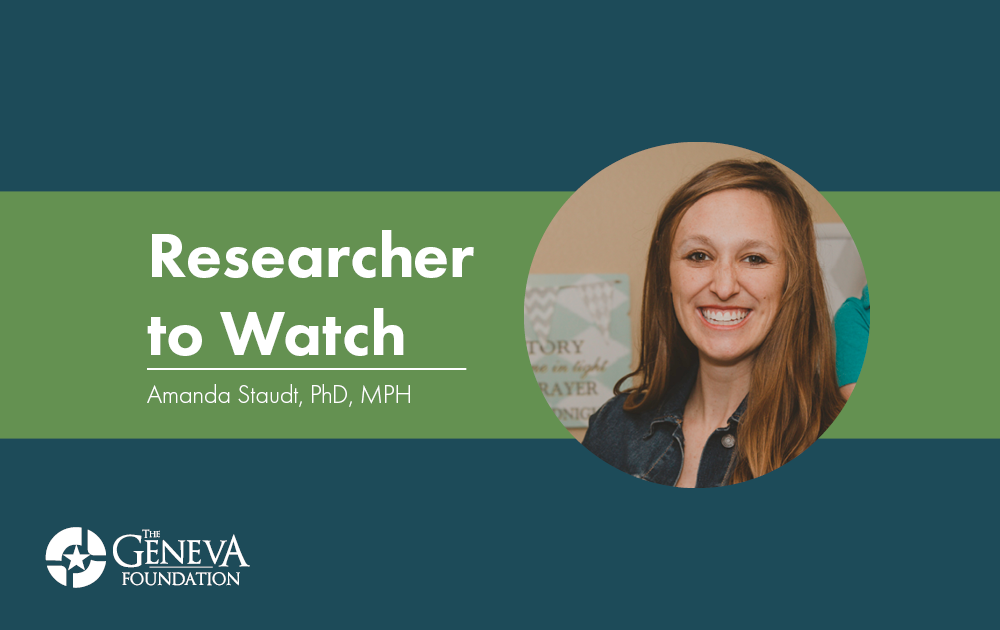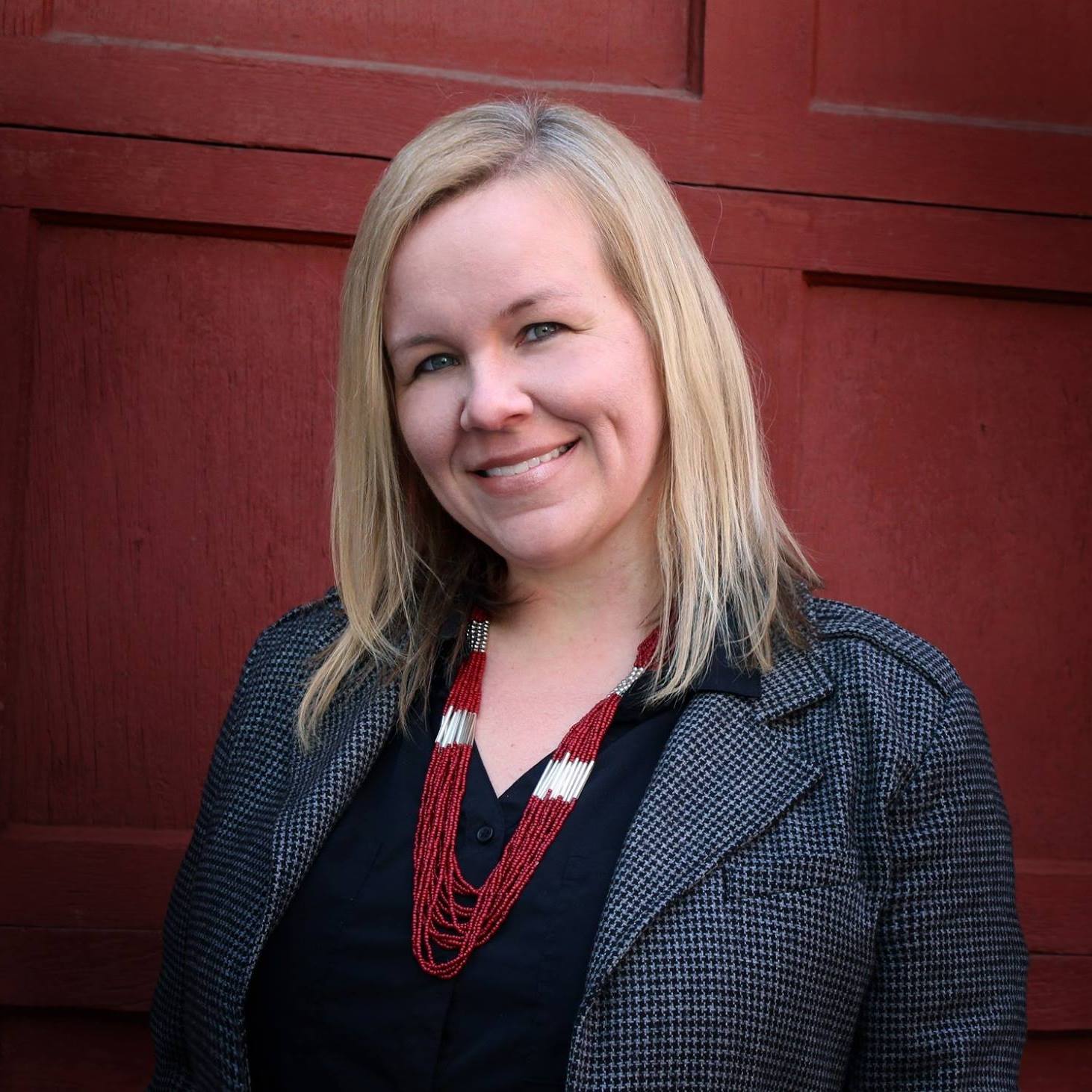5 March 2021
The Epidemiology of Combat Ocular Injury to Guide Prolonged Field Care
Researcher to Watch: Amanda Staudt, PhD, MPH
An eye injury is a traumatic and potentially debilitating event. The loss of visual acuity can be drastic, resulting in an extensive recovery period. Ocular injuries present a particular problem for service members and the providers charged with their care as they can result in lost duty time and reduced military operational effectiveness.
Geneva Epidemiologist Amanda Staudt, PhD, MPH is working at the U.S. Army Institute of Surgical Research (USAISR) in San Antonio, Texas where she is conducting the first study of its kind to provide a representation of the actual number of years of healthy life lost to the ocular injury resulting from combat.
In a study titled “The Epidemiology of Combat Ocular Injury to Guide Prolonged Field Care,” Dr. Staudt, a Geneva employee since 2016, is the principal investigator and proposes the creation of an algorithm to inform a treatment requirements timeline in a prolonged field care setting to reduce the number of patients with loss of visual acuity.
“Current metrics assessing medical readiness of the force are not complete and may provide a biased assessment of the best use of resources,” said Dr. Staudt. “The methods used in this study to determine the burden of ocular injury are only the first step in the U.S. Military Burden of Disease study, which will provide a comprehensive picture of what disables and kills U.S. Service members.”
In current combat eye care scenarios, patients with ocular injuries are transferred to higher levels of care until the appropriate provider and capabilities are available. As a result of emerging complexity in austere conditions, predicted delays in medical evacuation in future conflicts will lead to the increased extent of prolonged field care. Longer delays in treatment could potentially lead to an increase in loss of visual acuity. However, at present, the threshold of allowable maximum time before initiation of primary repair to minimize loss of visual acuity remains unclear. Dr. Staudt proposes that the identification of the maximum time to treatment in current (shorter) timelines will inform treatment guidelines and expectations during prolonged field care.
Dr. Staudt has two specific research aims – to determine the burden of ocular injury for each diagnosis and to define a maximum time from injury to primary repair to reduce the loss of visual activity. Her research team is establishing disability weights for each diagnosis through a web-based survey and analysis. This will allow the team to calculate the disability-adjusted life years of ocular injury for each diagnosis. This analysis will provide a comprehensive representation of the burden of combat ocular injuries as weighted by both frequency and severity of injury.
Funding for this study is provided by the U.S. Army Medical Research Acquisition Activity (USAMRAA) Congressionally Designated Medical Research Programs (CDMRP) Vision Research Program.
Disclaimer: The views expressed do not reflect the official policy of the Army, the Department of Defense, or the U.S. Government.

"The methods used in this study to determine the burden of ocular injury are only the first step in the U.S. Military Burden of Disease study, which will provide a comprehensive picture of what disables and kills U.S. Service members."
Dr. Amanda Staudt
HIGHLIGHTS
- The loss of visual acuity can be drastic, resulting in an extensive recovery period and in service members, they can result in lost duty time and reduced military operational effectiveness.
- Amanda Staudt, PhD, MPH is conducting the first study of its kind to provide a representation of the actual number of years of healthy life lost to the ocular injury resulting from combat.
- Dr. Staudt proposes that the identification of the maximum time to treatment in current (shorter) timelines will inform treatment guidelines and expectations during prolonged field care.


